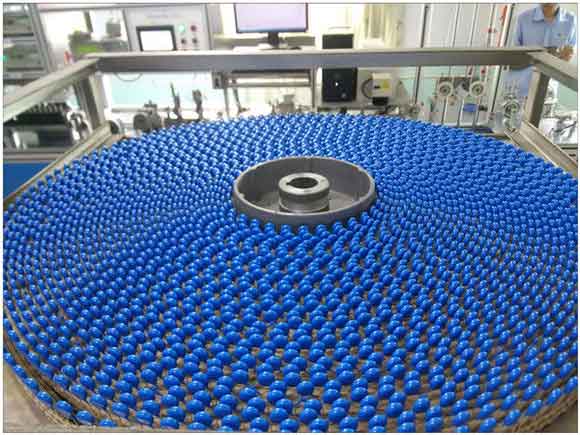Hi all,
I'm looking to replace a blown capacitor in some workshop equipment.
The exact item is proving hard to replace and I was thinking of making a composite set of caps to replace.
This is not an area I am familiar with so would appreciate a sanity check.
The cap is a dual canister cap with 3 wires connecting each pole of an AC motor to ground.
Label reads:
0.1uf (x2)
0.005uf(y) + 0.005uf(y)
Delta 250v
I suspect this is a motor run capacitor, with built in noise reduction?
Although the values are a little low for a motor run cap.
I am really struggling to find an equivalent part. Would it be correct to connect a 100nf+5nf in paralel X2 and bond the grounds together?,
If so would non polarized (polypropylene) caps be appropriate in this application 0.1uf electrolytic is hard to find.
I'm looking to replace a blown capacitor in some workshop equipment.
The exact item is proving hard to replace and I was thinking of making a composite set of caps to replace.
This is not an area I am familiar with so would appreciate a sanity check.
The cap is a dual canister cap with 3 wires connecting each pole of an AC motor to ground.
Label reads:
0.1uf (x2)
0.005uf(y) + 0.005uf(y)
Delta 250v
I suspect this is a motor run capacitor, with built in noise reduction?
Although the values are a little low for a motor run cap.
I am really struggling to find an equivalent part. Would it be correct to connect a 100nf+5nf in paralel X2 and bond the grounds together?,
If so would non polarized (polypropylene) caps be appropriate in this application 0.1uf electrolytic is hard to find.



